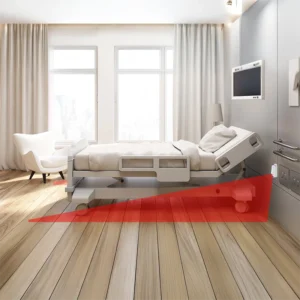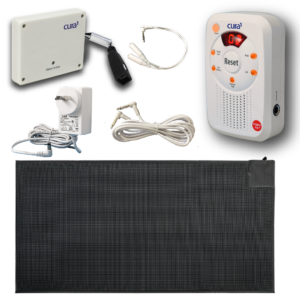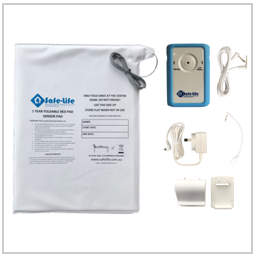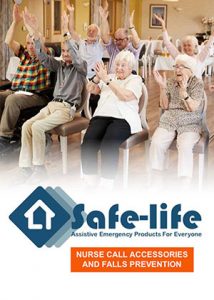Bed Alarms for falls prevention
🛏️ Bed Alarms for Elderly – Wireless, Sensor Beam & Hardwired Fall Prevention Systems
Looking for a reliable bed alarm to help prevent falls or monitor vulnerable individuals at night? Our full range of bed alarms for elderly care includes wireless bed exit systems, passive motion-sensing alarms, hardwired pads, and bedwetting monitors – designed for use in aged care facilities, hospitals, and home environments.
Whether you’re supporting someone with dementia, mobility challenges, or disability, a bed alarm system adds peace of mind and protection when it matters most.
🔗 Shop by Bed Alarm Type
-
Wireless Bed Alarms – Easy to set up with no cords or trip hazards
-
Sensor Beam Bed Alarms – Passive PIR alarms for discreet detection
-
Hardwired Bed Alarms – Reliable, pressure-based detection with alerting devices
-
Bedwetting Alarms – Alerts caregivers to incontinence events overnight









